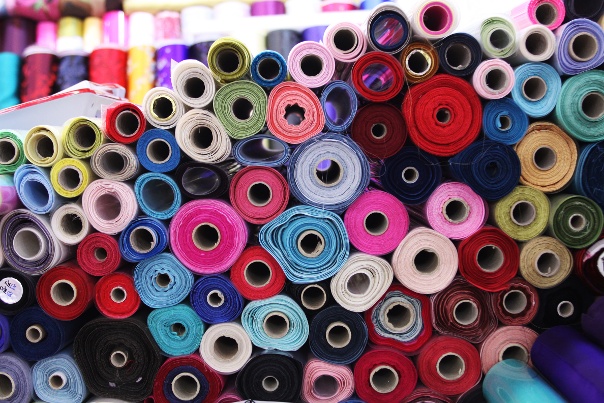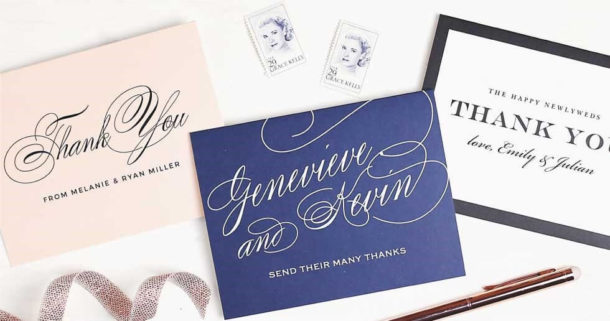One of the most intense and pleasurable parts of planning your wedding is picking out your wedding gown. In fact, many brides argue that it is one of the biggest, if not the biggest, moment of their wedding planning journey. With that being said, the world of wedding gowns can also be pretty intimidating. The high-end gowns and fancy fabric names can confuse even the most fashion-forward of brides. To make your search just a little bit easier, we’ve collected some of the most common wedding gown fabric options and explained them.
Brocade
Brocade is a heavy fabric. It is identifiable by its raised pattern. Because it is heavy, it is commonly used on more ornate gowns, that are to be warn in the winter and the late fall. Brocade is traditionally used in a-line or ballgown style dresses, although fit and flare options are now becoming more common.
Chiffon
Chiffon is a sheer fabric that is made of silk or cotton. It is thinly woven, which makes it appear almost transparent. When looked at under a microscope, it has almost a mesh appearance. Chiffon is extremely lightweight, and is often used as an overly on other, lightweight wedding gown fabric options. Chiffon is, generally, the go-to fabric choice for beach and outdoor weddings.
Crepe
Crepe is a fabric made of silk or wool. It is used in wedding gowns that appear crinkled or crimped. Crepe, once reserved as a “mourning” fabric, has risen in popularity with brides who find the crinkled and shiny appearance of the fabric attractive for their wedding day. It is a lightweight fabric, generally reserved for summer and late spring weddings, that clings to the body.
Duchess Satin
Duchess satin is a lightweight satin hybrid. It often contains silk and rayon blended together to a satin finish. Because it is a hybrid fabric, it isn’t as delicate as traditional satin and does not wrinkle as easily. It is also lighter than traditional satin, and somewhat stiffer, which makes drapes and pickups easier to accomplish. The lightweight wedding gown fabric is generally seen as a good choice for spring, summer and early fall weddings.
Lace
There are many different types of lace, but generally speaking, lace is often used as an accent on wedding dresses, or can be used as an overly on another fabric. Lace, with its distinct pattern and romantic feel is rather eye-catching. It can be worn during any season, and often gives dresses a vintage and romantic feel. While lace is visually interesting and subtly ornate, it isn’t “over-the-top”.
Shantung
This is a type of silk fabric that has become widely popular in wedding gowns. Generally from the Shandong province of China. Shantung has a somewhat rough texture, due to its weave, and is generally matte in nature. While it is commonly seen in wedding gowns, Shantung is also used in men’s suits. This fabric is of a moderate weight and is most commonly seen in spring and fall wedding dresses.
While finding the perfect wedding gown is generally about how you feel in the dress, knowing a little bit about wedding gown fabrics can help you move in the direction of your dream dress a little bit quicker. We hope this wedding gown fabrics guide gave you a bit of insight into the world of gowns, and will help you find the dress of your dreams.








